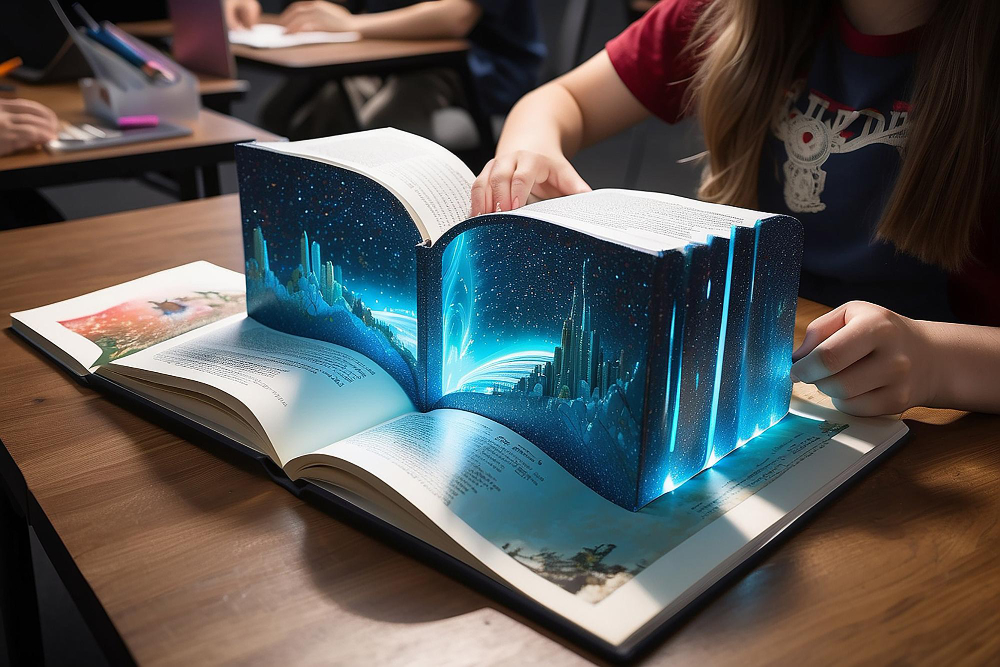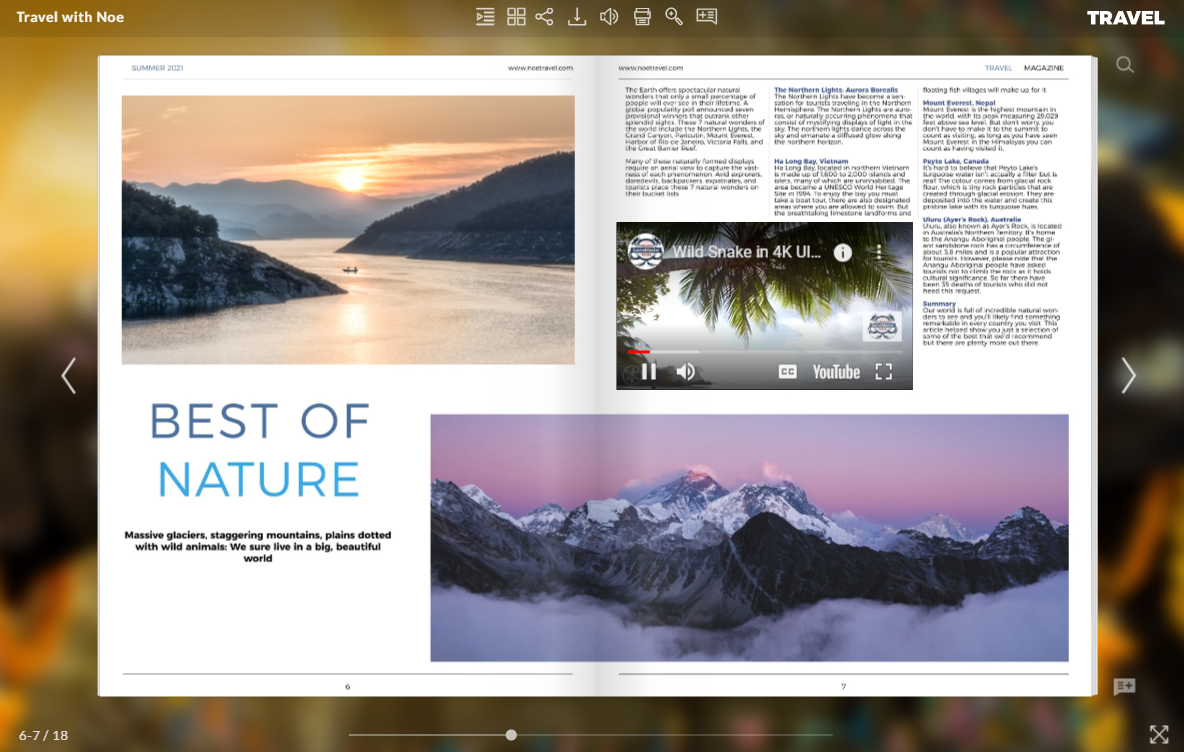Interactive storytelling has revolutionized the way we engage with narratives, offering a dynamic and immersive experience for audiences. By integrating interactive elements, digital stories become more engaging, memorable, and impactful. This article explores the current trends transforming digital narratives and how designers can leverage these trends to create compelling stories.

1. The Evolution of Interactive Storytelling
Interactive storytelling has evolved significantly from its roots in traditional narratives. Early digital stories were primarily text-based, relying on the reader’s imagination to fill in the gaps. However, advancements in technology have introduced multimedia elements and interactive features, transforming how stories are told and experienced. This evolution has allowed for more immersive and engaging experiences, capturing the audience’s attention in ways that static content cannot. From choose-your-own-adventure books to complex interactive documentaries, the journey of interactive storytelling has been marked by constant innovation and creativity.
2. The Power of Flipbooks in Interactive Storytelling
Flipbooks have emerged as a powerful tool for interactive storytelling, blending the traditional appeal of books with modern digital enhancements. Tools like Publuu’s flipbook maker enable designers to create interactive and visually stunning narratives. With features such as multimedia integration, interactive elements, and customizable layouts, flipbooks offer a unique way to present stories that captivate and engage audiences. They provide an intuitive and user-friendly platform for both creators and viewers, making them an ideal choice for interactive storytelling projects. By allowing users to interact with the content through page-turning effects, embedded videos, and clickable links, flipbooks enhance the storytelling experience and keep readers engaged.

3. Immersive Experiences
Immersive storytelling leverages technologies like virtual reality (VR) and augmented reality (AR) to create highly engaging environments. These technologies transport users into the story, offering a first-person perspective that enhances emotional connection and engagement. For instance, VR-based documentaries can place viewers in the middle of a historical event, while AR-enhanced educational tools can bring textbook illustrations to life. These immersive experiences not only make the narrative more compelling but also provide a deeper understanding and empathy towards the subject matter. As VR and AR technology continue to advance, the possibilities for creating even more immersive and interactive storytelling experiences are endless.
4. User-Centric Narratives
Personalization is key in modern storytelling. By allowing users to influence the direction of the narrative, stories become more relevant and engaging. Techniques such as branching storylines and interactive decision points empower users to shape their own experiences, leading to higher satisfaction and deeper connection with the content. For example, interactive video platforms enable viewers to make choices that affect the outcome of the story, creating a unique experience for each user. Case studies of successful user-centric narratives highlight the impact of this approach, showing how personalized content can lead to increased engagement and loyalty.
5. Interactive Multimedia Integration
Integrating multimedia elements such as text, audio, video, and graphics enriches the storytelling experience. Platforms supporting multimedia storytelling enable creators to craft layered narratives that cater to different senses. Effective examples include interactive documentaries that combine video interviews with clickable infographics, and multimedia books that blend text with animations and sound effects. This integration not only makes the story more engaging but also helps convey complex information in a more accessible and entertaining way. As multimedia tools become more advanced and accessible, the trend of integrating multiple forms of media into storytelling is expected to grow.

6. Gamification of Storytelling
Incorporating game elements into storytelling can significantly boost engagement and retention. Gamified narratives use challenges, rewards, and interactivity to keep audiences invested in the story. For instance, interactive fiction games allow players to navigate through a narrative by making choices and solving puzzles, while educational apps use game mechanics to teach new concepts in a fun and engaging way. Successful examples of gamification in digital storytelling include apps that turn language learning into a game and narrative-driven video games that offer rich, interactive worlds to explore. Gamification not only makes stories more enjoyable but also encourages repeated engagement and deeper learning.
7. Social and Collaborative Storytelling
Social media and online communities play a crucial role in modern storytelling. Collaborative projects harness the power of collective creativity, allowing multiple contributors to shape a single narrative. Examples of collaborative storytelling include crowd-sourced story projects where users contribute chapters or plot points, and social media campaigns that invite user participation and co-creation. These collaborative efforts not only generate a diverse range of ideas and perspectives but also build a sense of community and shared ownership. The impact of audience participation on narrative development is profound, as it creates more dynamic and evolving stories that reflect the collective voice of the community.
8. Future Trends in Interactive Storytelling
The future of interactive storytelling is poised to be shaped by emerging technologies such as artificial intelligence (AI) and machine learning. These technologies can enable more personalized and adaptive narratives, responding to user input in real-time. Predictions for the next wave of innovations include AI-driven story generators that can create unique narratives based on user preferences, and more sophisticated interactive environments that blur the line between reality and fiction. As these technologies continue to develop, they will open up new possibilities for creating interactive stories that are more immersive, engaging, and responsive to individual users.
Conclusion
Interactive storytelling continues to evolve, offering new ways to engage and captivate audiences. By embracing trends such as immersive experiences, user-centric narratives, multimedia integration, gamification, and social collaboration, designers can create powerful and memorable stories. Tools like Publuu’s flipbook maker play a crucial role in this landscape, providing an accessible and versatile platform for interactive storytelling. As the field of interactive storytelling grows, staying updated with these trends and innovations will be essential for designers looking to create impactful digital narratives.

